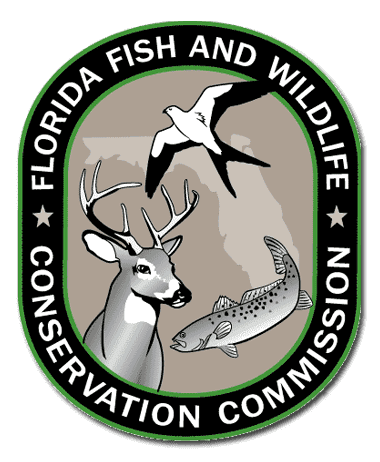Florida FWC Approves Ordinance for Anchoring/Mooring Pilot Program in Sarasota

Meeting Thursday in Palm Beach Gardens, the Florida Fish and Wildlife Conservation Commission (FWC) approved, with one contingency, the city of Sarasota’s proposed boating ordinance for the anchoring and mooring pilot program coordinated by the FWC.
“The goal of the anchoring and mooring pilot program is to explore potential options for regulating the anchoring or mooring of non-live-aboard vessels outside the boundaries of public mooring fields,” said Maj. Jack Daugherty, leader of the FWC’s Boating and Waterways Section. “The FWC’s role is to provide consultation and technical assistance on the issues.”
Local governments for the five communities participating in the pilot program are responsible for soliciting public input and adopting local ordinances within their jurisdictions. These ordinances must be approved by the FWC and will continue to be evaluated by the FWC and the Legislature. Since June 2011, when the final participant was selected for the program, FWC staff members have been attending the sites’ public-input meetings to provide information on the pilot program.
“The city of Sarasota’s ordinance provides time and distance restrictions on anchoring and mooring outside of the mooring field currently being constructed,” Daugherty said. “By addressing these local issues, the goal is to improve navigational safety, protect marine infrastructure, promote public access and deter improperly stored, abandoned or derelict vessels.”
Specifically, the ordinance prohibits anchoring and mooring of vessels outside of mooring fields for more than 90 consecutive days. Vessels also must be at least 150 feet from the mooring field or any waterfront property.
“There is an exception to the time and distance restrictions for mechanical and weather issues. Also, the rules can be suspended due to a lack of space in the mooring fields, and during special events,” Daugherty said.
It will also be illegal to anchor, moor or tie-off a vessel to city property except when loading and unloading; dinghies will also be allowed to anchor, moor or tie-off for periods of 12 hours or less. The ordinance specifies enforcement duties, which will be undertaken by local law enforcement and the FWC, and penalties for violating the regulations.
Commissioners discussed the ordinance, asked questions and heard public comment, ultimately approving it with the contingency suggested by staff that it not go into effect until the first phase of the mooring field’s construction is completed. This will include 35 moorings available for use by the public.
With this approval, the city can adopt the ordinance to make it effective. All ordinances adopted under the pilot program expire on July 1, 2014, unless re-enacted by the Legislature.
Public meetings have also been held in the other four participant sites: Monroe County, in coordination with the cities of Marathon and Key West; Stuart, in coordination with Martin County; St. Petersburg; and St. Augustine. The ordinances for St. Augustine and St. Petersburg have already been approved, and the developing ordinances from the remaining areas will be presented at future Commission meetings.
For more information on the pilot program, visit MyFWC.com/Boating or call 850-488-5600.

